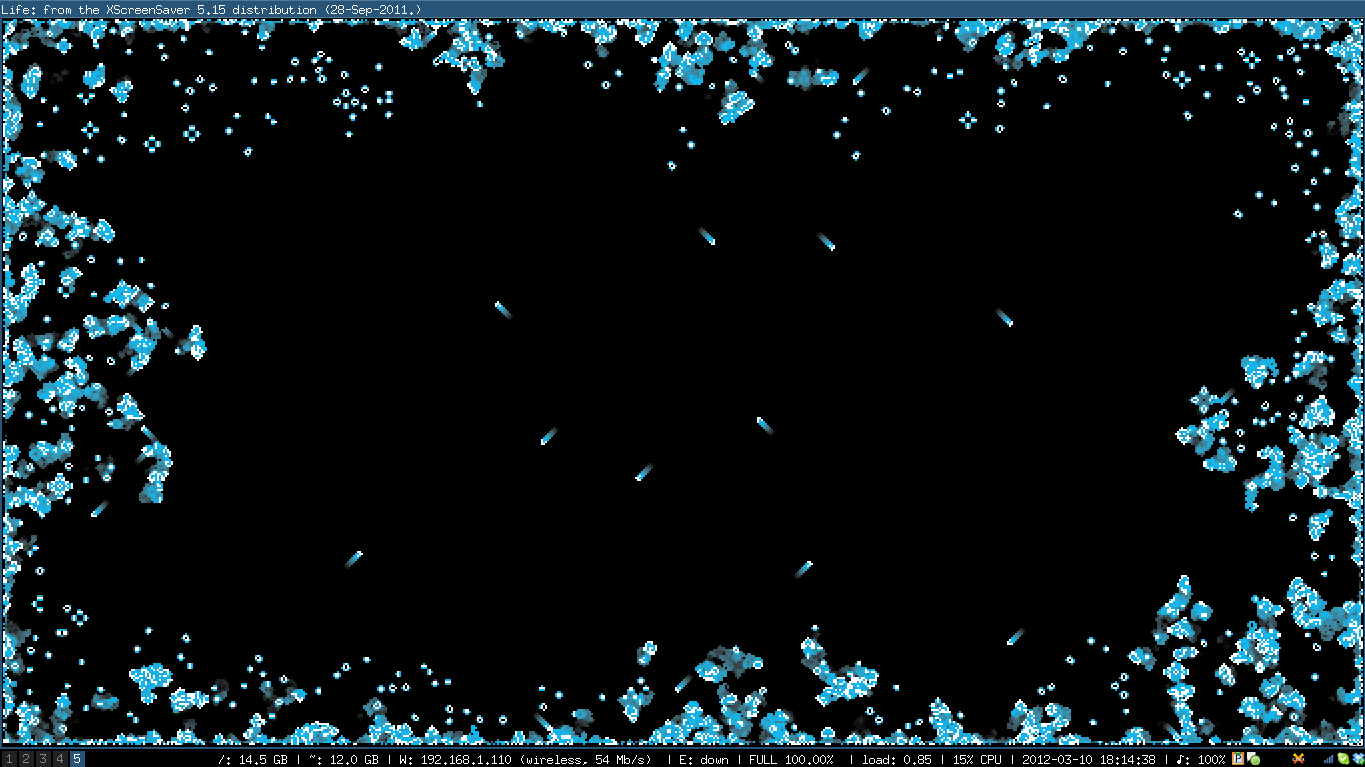Last time, I talked a bit about how you might implement parts of a Units of Measurement system in Scala (stay tuned for the rest of the implementation). Since this is going to be the topic of my Bachelor's thesis, I've made a presentation about Units of Measurement systems in other languages, specifically F#, C++ and Haskell. You can view it right here:
or download a pdf (without the snazzy transitions).
